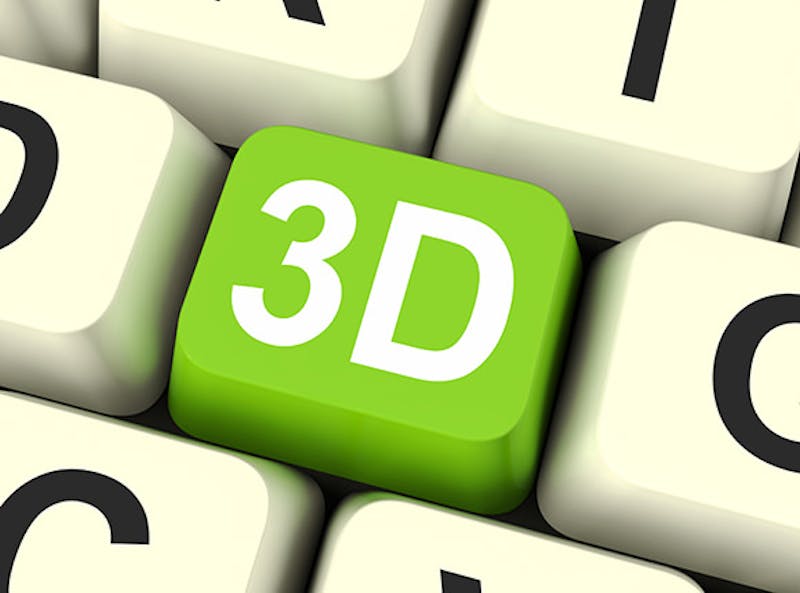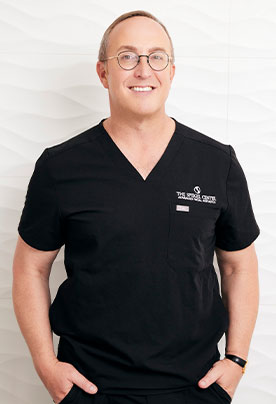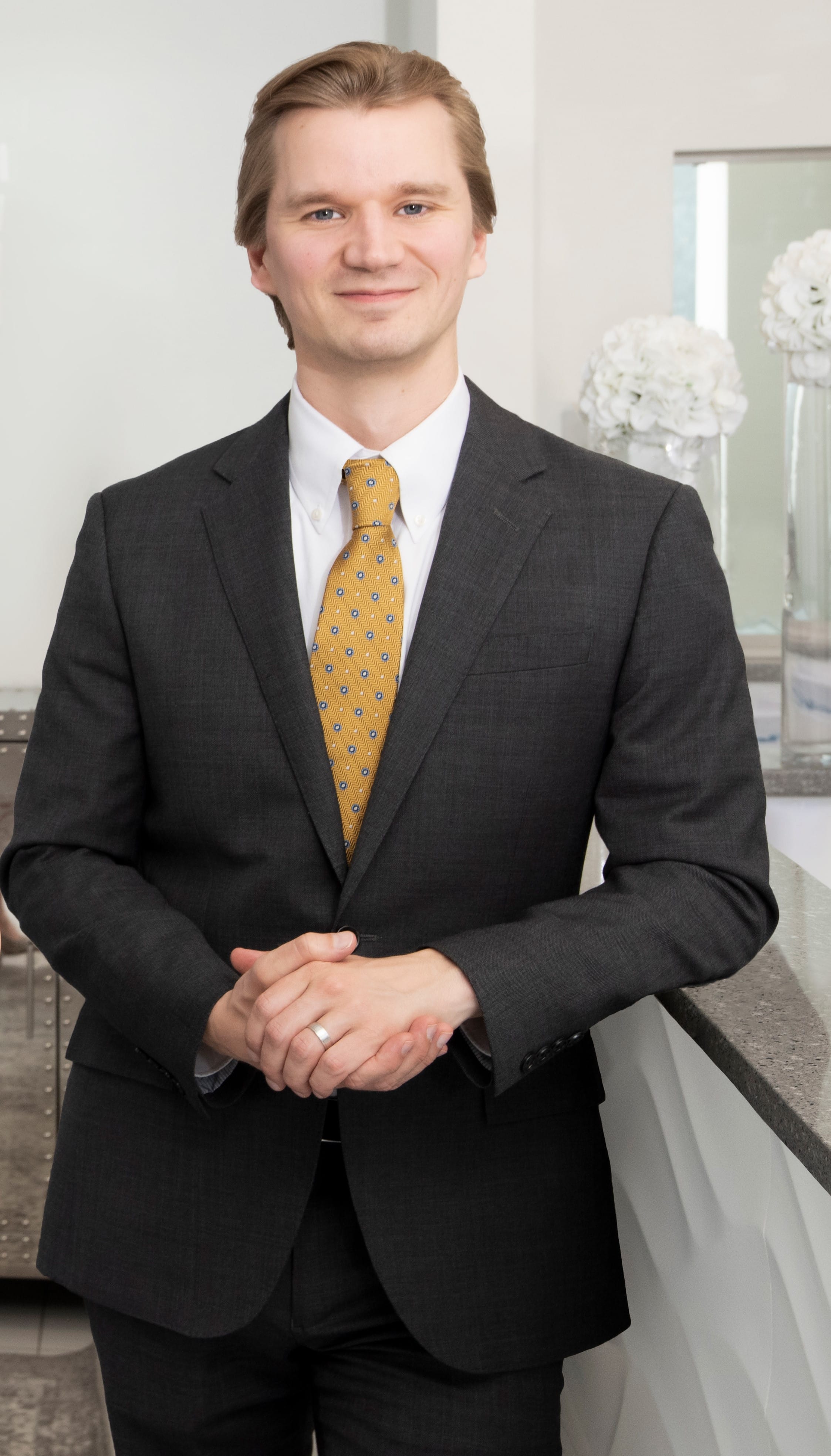
As many are already aware, the potential implications for 3D printing are about as wide as the imagination. It is difficult to imagine a more versatile tool that can impact so many different industries than the 3D printer. One of the most recent areas to find a unique use for this printer is the medical industry, focusing in particular on the face transplant. Use of 3D printing is reportedly making the surgical process less risky and far easier for the surgeons performing them.
The Surgery
A face transplant is a kind of skin grafting procedure that uses a donor’s skin cells to replace parts of a patient’s face. This is not a cosmetic surgery; it is most often performed to fix injury caused by disease or damage, such as severe burning, certain kinds of cancer, or in some cases, animal attacks. What was previously considered irrevocable damage can now be corrected in an extremely long (sometimes lasting as long as a full day) surgery. The results are difficult to argue with, because skin grafts taken from another living donor mean that the result of the surgery is realistic enough that patients often feel comfortable in their new skin. Any surgery that can last a full day, however, has its risks.
Before the Surgery
The computing power of the 3D printer has been used to make this difficult surgery a little bit easier. The idea behind the technique is that printers can be used to create life-sized, detailed models of a patient’s face. Certain modifications may be made to account for certain damages, however the bottom line is that surgeons can hold a model of their patient’s face before the surgery even begins. This means that they are able to plan their surgical procedures significantly more easily, and with much more detail. The ability to plan this kind of complicated surgery properly means there is far less risk involved, because the surgeons are more prepared for what can go wrong from beforehand.
During the Surgery
Even during the surgery, being able to hold and examine a model of the patient’s face creates an unprecedented level of awareness for the surgeons. There is less potential for surprise complications, and when there are surprise complications, they are easier to deal with. When a patient is on the surgical table, time for alterations in the surgical procedure is limited. 3D models mean that limited time can still be enough time, and that the end result will be just as good, if not better than could ever have been done previously with computerized images and theoretical planning.
Those who need a face transplant now have much less to worry about because of this new application of the 3D printer. Better planning, more refined technique, and less time in the operating room mean that the risk of complication for these transplants is dramatically and rapidly decreasing. More about this powerful discovery can be read about at Medical News Today, through http://www.medicalnewstoday.com/releases/286252.php.
Out of Town PatientsContact Us/ Book a ConsultationBefore & After Gallery




